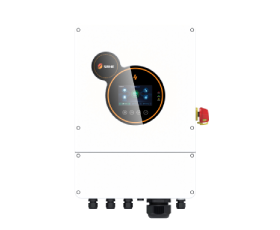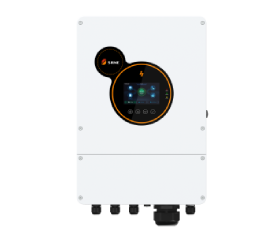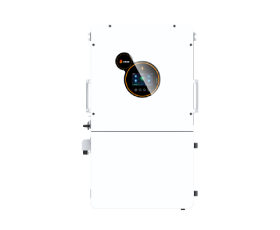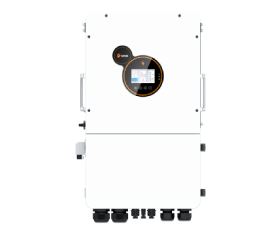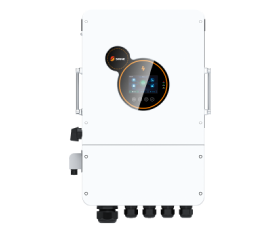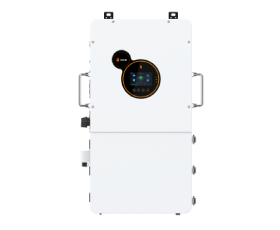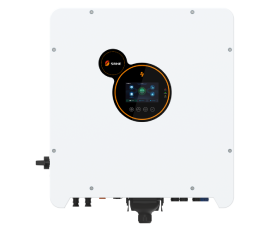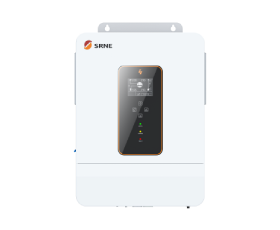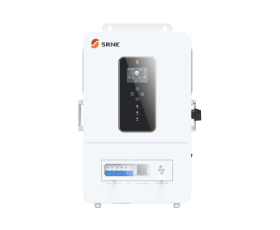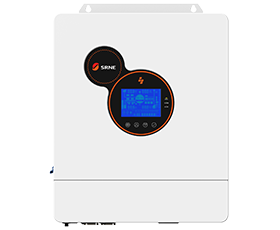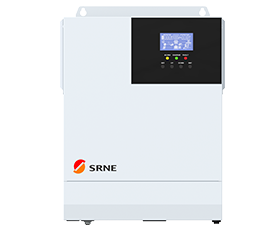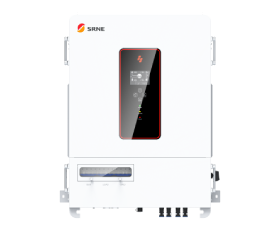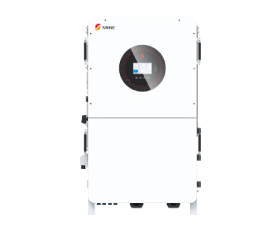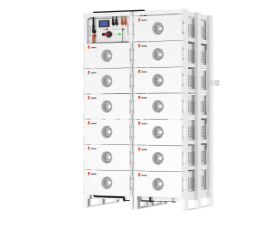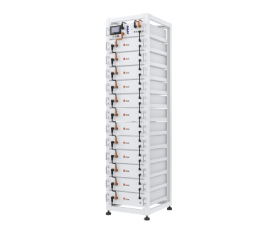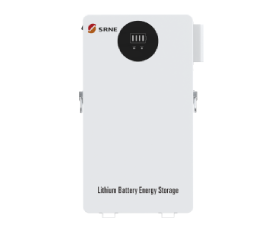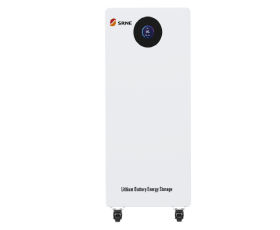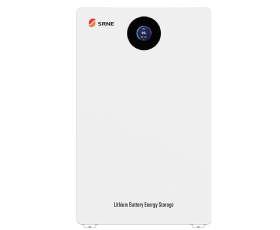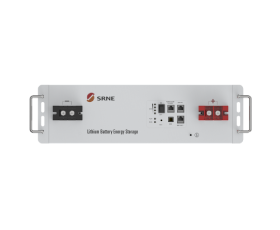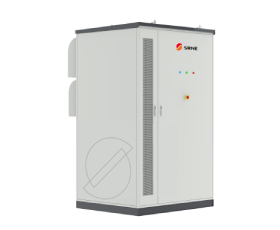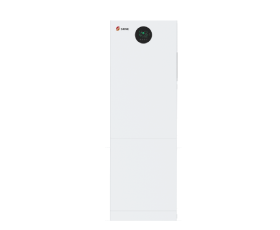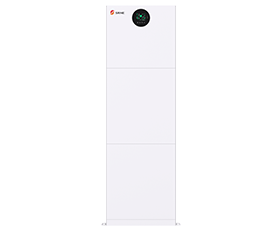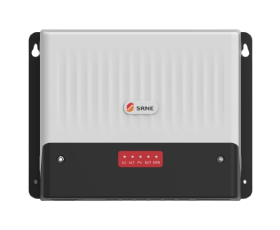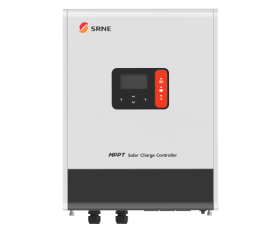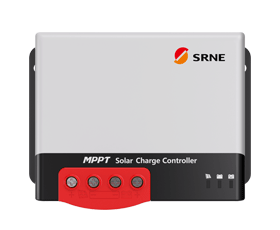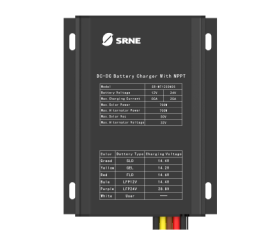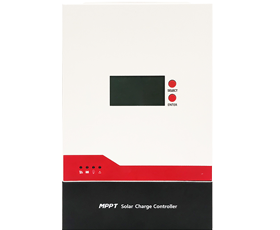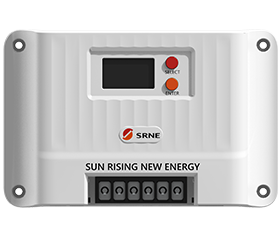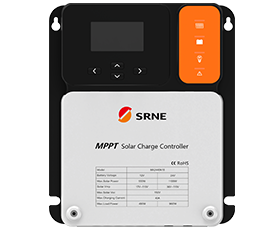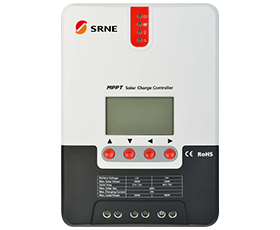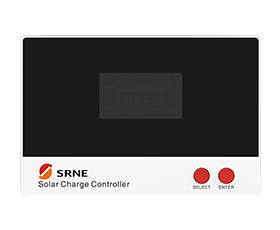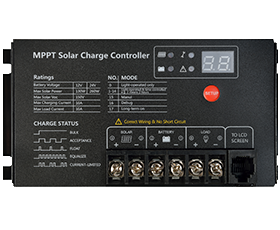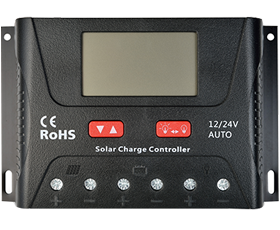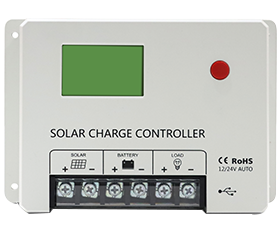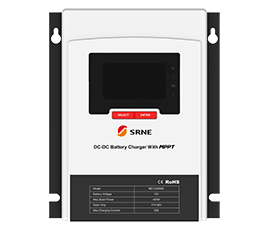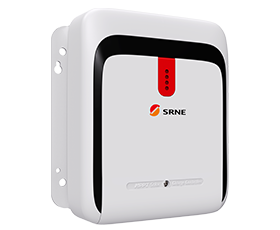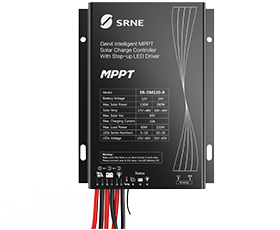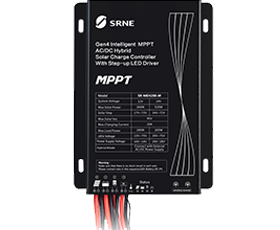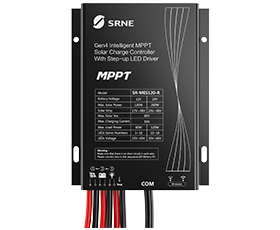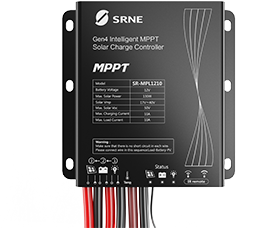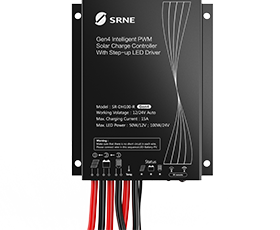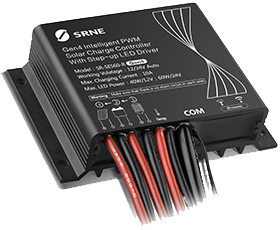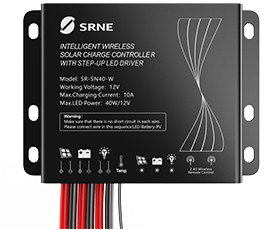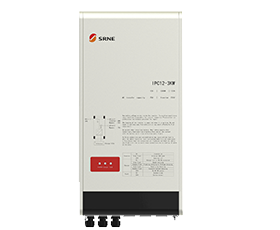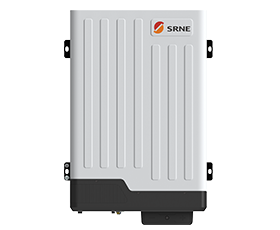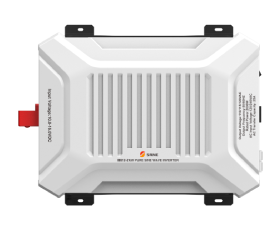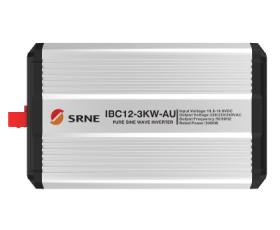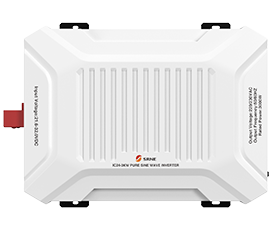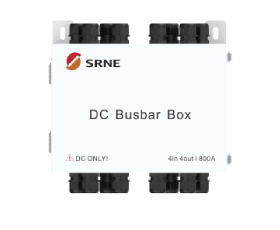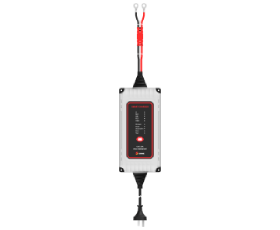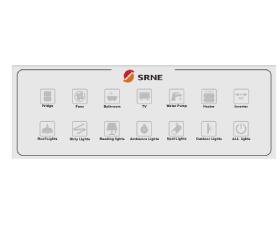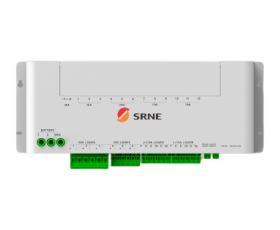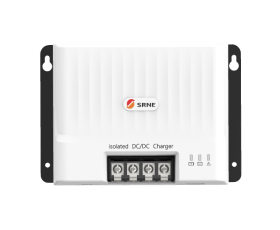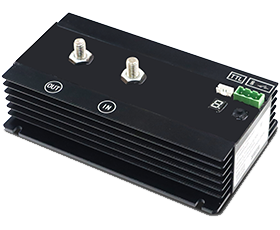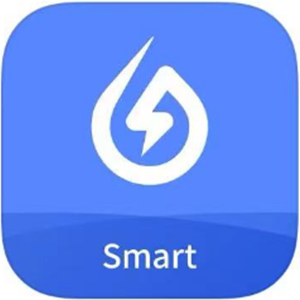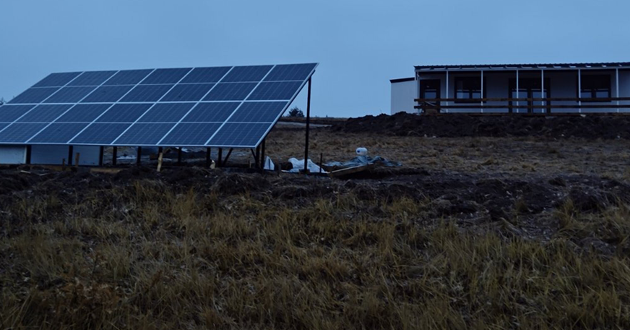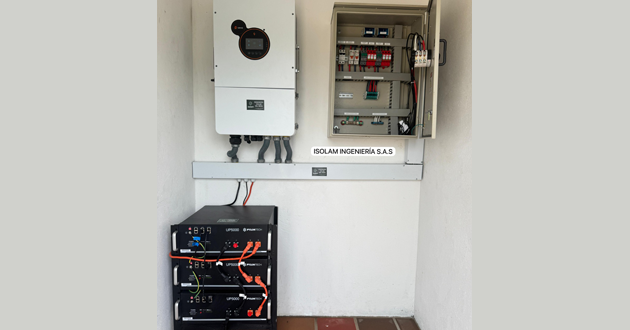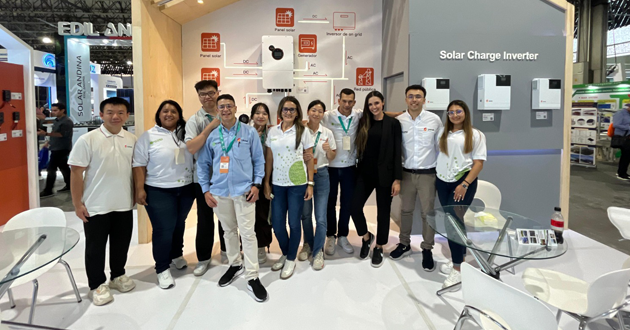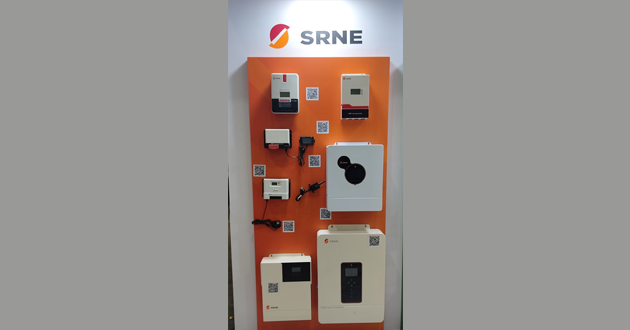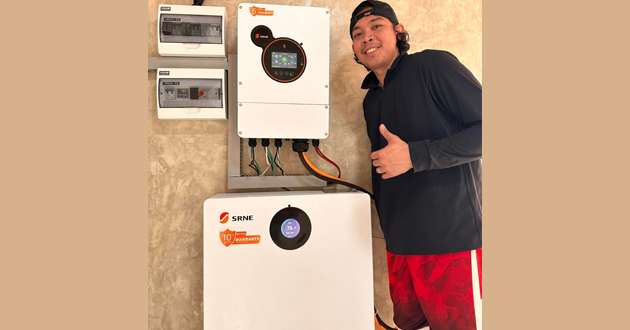Is It Worth Getting a Hybrid Inverter?
Yes, a hybrid inverter is worth getting if you plan to add a battery for backup power, energy independence, or to take advantage of time-of-use rates. It provides a single, efficient system for both solar power and energy storage.
In this article, we’ll look at what a hybrid inverter can offer—backup power, energy storage, cost savings, system integration, and remote monitoring—as well as the main drawback.By the end, you’ll have a clearer idea of whether a hybrid inverter is a good fit for your home and energy goals.
Benefits of a Hybrid Inverter
Benefit | Description |
Backup power | Keeps essential loads running during outages. |
Energy storage | Stores solar energy for night or peak hours. |
Cost savings | Reduces bills by avoiding high peak rates. |
Integrated system | Combines solar and battery in one unit. |
Remote monitoring | App control and real-time system monitoring. |
1.Backup power
One of the most valuable benefits of a hybrid power inverter is its ability to provide dependable backup power. When the grid goes down, it automatically switches to the battery and keeps essential circuits running—such as lights, Wi-Fi, refrigerators, and a few critical outlets. The transition usually happens so quickly that you barely notice anything beyond a slight flicker.
Take a summer storm as an example: if it knocks out electricity for a couple of hours, a home equipped with a solar inverter and battery can continue operating normally for key loads, while nearby homes remain without power. In comparison, a standard grid-tied inverter shuts off during an outage for safety reasons and cannot supply any electricity.
2.Energy storage
A hybrid solar power inverter is designed to work seamlessly with a battery system, managing not only DC-to-AC conversion but also the timing of battery charging and discharging. During daylight hours, any solar energy your home doesn’t use immediately can be stored in the battery instead of being exported to the grid. Later, that stored energy can be used at night or whenever demand rises, helping you rely more on your own solar production and less on the grid.
For instance, in households where people are out during the day, most appliances remain off. The hybrid inverter can capture that unused midday solar energy and store it, then automatically power the home in the evening when everyone is back and electricity use increases.
3.Cost savings
By allowing you to control when stored energy is used, a hybrid inverter can contribute to meaningful long-term savings. In areas with time-of-use pricing, you can charge the battery when electricity rates are low—or when solar output is high—and then use that stored energy during peak periods when rates spike. If local policies allow net metering, you may also earn credits by sending excess energy back to the grid.
Over time, these combined strategies help turn the system into an active tool for managing—and reducing—your electricity bills, rather than just serving as a backup power source.
4.Integrated system
A hybrid solar inverter replaces the need for separate solar and battery inverters by combining both functions into one device. This all-in-one setup can simplify system planning, reduce the amount of equipment on the wall, and make the installation process more streamlined.
Fewer components generally mean lower labor costs, cleaner wiring, and fewer potential failure points compared with systems that rely on two different inverters for solar and storage.
5.Remote monitoring
Most hybrid solar power inverter systems now come with built-in connectivity and an accompanying mobile app or web dashboard. These tools let you track real-time solar production, battery status, and household energy use from anywhere.
Many systems also allow you to adjust performance settings remotely—for example, deciding when the battery should prioritize charging or reserving a portion of capacity for backup during storm seasons. This level of control makes it easier to understand your energy patterns and fine-tune the system based on your goals, whether that’s lowering costs, maximizing self-consumption, or ensuring reliable backup power.
Potential Downsides and Considerations of a Hybrid Power Inverter
1.Higher initial cost of a hybrid power inverter
A hybrid inverter system typically costs more upfront than a standard grid-tied inverter. The reason is simple: a hybrid inverter does more. It converts solar power, manages the battery, and often provides backup power—all in one device.
When you factor in the price of the battery and the extra installation work, the total investment can be quite noticeable. Many homeowners feel the added functionality and long-term benefits are worth it, but it’s still important to check whether this higher initial cost aligns with your budget and payback expectations.
2.Installation complexity when adding a hybrid solar power inverter
If you already have a traditional solar system, upgrading to a hybrid inverter isn’t always a plug-and-play change. It may involve removing the old inverter, rerouting wiring, and tweaking the overall system design to ensure everything works properly together. All of this can add time and labor to the project.
By contrast, some AC-coupled battery systems can be connected to existing solar setups with fewer modifications. So if you’re considering a hybrid inverter upgrade, it’s worth taking a close look at how much of your current system would need to be altered and whether that level of disruption and cost feels acceptable.
3.Additional system requirements for hybrid inverter backup functionality
To actually use a hybrid power inverter for backup power during outages, the system usually needs extra equipment—such as a backup box or transfer switch—to safely isolate your home from the grid. Without this, the hybrid inverter must shut down during a blackout for safety reasons, just like a standard inverter.
These extra components increase both cost and installation complexity. Before deciding on a hybrid solar inverter for backup use, homeowners should confirm local electrical requirements, think about which circuits they want backed up, and make sure their existing wiring and panel layout can support the desired setup.
4.Space and maintenance needs for a hybrid solar inverter with battery storage
A hybrid solar inverter combined with battery storage also needs enough physical space. The inverter and batteries are typically installed in areas like a garage, utility room, or basement, where there is sufficient room, decent ventilation, and relatively stable temperatures.
Batteries are not completely “install and forget” devices. They should be checked periodically to ensure they’re performing correctly, and they will eventually reach the end of their lifespan and need to be replaced. Thinking in advance about where the equipment will be placed, how easy it is to access, and what kind of long-term care it will require is an important step in deciding whether a hybrid power inverter system is a good fit for your home.
Read more:
https://www.srnesolar.com/articledetail/should-i-turn-my-hybrid-inverter-off-at-night.html
https://www.srnesolar.com/articledetail/can-a-hybrid-inverter-work-without-a-grid.html
Is It Worth It?
For homeowners planning to add a battery, wanting backup power, seeking energy independence, or aiming to benefit from time-of-use rates, a hybrid inverter is a worthwhile choice.
Even though the initial cost is higher, it offers better long-term value and more functionality compared to purchasing separate components later.





















